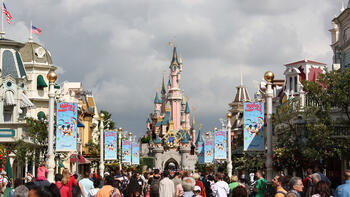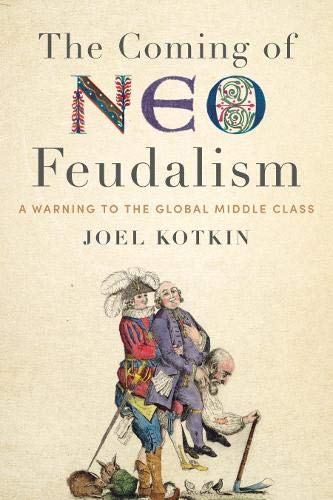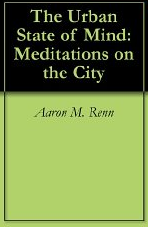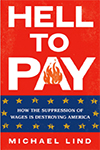
Disneyland’s founding vision 70 years ago was civic, not commercial—a place where design made family belonging feel natural. That lesson endures: We need public spaces that offer what the park once promised, without the price of admission.
It was not clear, then, that Disneyland would become one of America’s most influential cultural exports. Yet beneath the spectacle lay a civic idea: that design could cultivate virtue; that well-ordered spaces could bring people together and remind families what shared life feels like.
Disney was building a civic experiment. He wanted an alternative to tawdry amusement parks and sprawling, car-dominated landscapes replacing traditional main streets. Postwar America was fragmenting—its public life increasingly confined to highways, strip malls, and centerless subdivisions. What Disney envisioned was “a family park where parents and children could have fun together.” Every design decision—benches positioned for conversation, paths curved for discovery, rides built for multiple generations—served that end.
Disneyland was not simply entertainment. It was an argument about public life. The park’s 1955 opening reflected a lingering faith in design as moral pedagogy. Disney’s Main Street, U.S.A., modeled on his Missouri childhood, evoked small-town civic order: walkable, legible, and sociable. The park was designed to slow people down—to favor shared rhythms over private gratification. Even the trash cans were positioned to make tidiness feel effortless—reflecting a conviction that form shapes behavior, and behavior shapes culture.
That conviction has largely vanished. The physical America we inhabit today is optimized for throughput and consumption rather than connection. Mixed-use “town centers” that claim to restore walkability are typically commercial anchors—privatized spaces that mimic civic life while excluding much of it. Suburbs promise comfort but produce isolation. Our digital spaces reward attention extraction over community. The result: We are wealthier and more connected than ever, yet our families and neighborhoods are increasingly fragmented.
Disney understood that space instructs. The way people move through a place teaches habits of civility or alienation. Every sightline in Disneyland terminates in something comprehensible and human-scaled. Queues encourage conversation. Shade, seating, and cleanliness communicate that guests are expected to care for one another and for the place itself.
Compare that to civic spaces today. Parks are often afterthoughts or fit-in. Developers cater to singles and transients, not to parents with strollers or grandparents seeking a bench. Cities celebrate vibrancy while neglecting the quiet infrastructures that make public life possible.
This neglect reflects a deeper misunderstanding about human flourishing. We’ve accepted a false choice between efficiency and community, between progress and place-making. Yet Disney’s experiment demonstrated that these need not be opposites. The park’s success lay in recognizing that people hunger for spaces that acknowledge their full humanity; not just as consumers or commuters, but as parents teaching children, as neighbors sharing stories, as citizens practicing the small courtesies that accumulate into civic virtue.
Read the rest of this piece at: AEI.org.
Samuel J. Abrams is a professor of politics at Sarah Lawrence College, a senior fellow at the American Enterprise Institute, and a scholar with the Sutherland Institute.
Photo: Occhietto, via Flickr, under CC 2.0 License.












